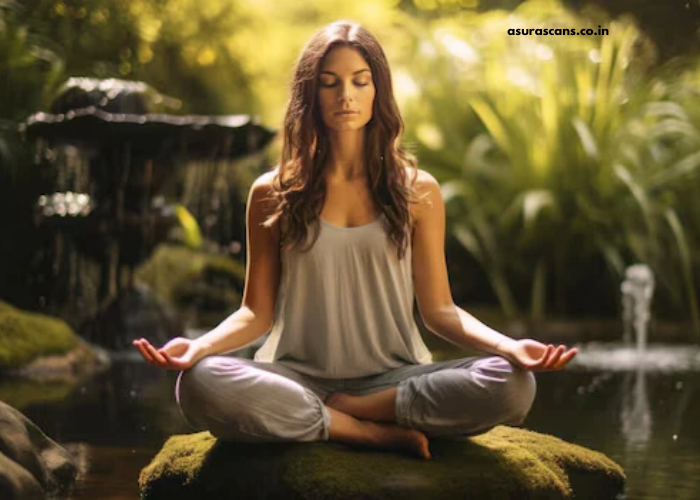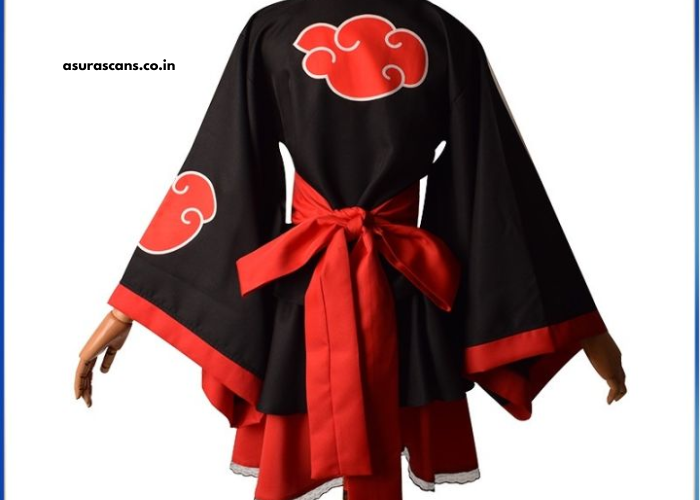In an age of materialism and consumerism, the minimalist lifestyle has emerged as a beacon of simplicity, peace, and intentional living. The minimalist philosophy advocates for removing the excess, reducing distractions, and focusing on what truly adds value to life. Whether it’s a home cluttered with unnecessary possessions, a schedule filled with commitments, or an overwhelming digital presence, embracing minimalism can bring clarity and fulfillment. But how exactly does one simplify their life, and why is it so important? In this article, we’ll explore the core principles of the minimalist lifestyle, its benefits, and practical steps to incorporate minimalism into your daily routine.
What is Minimalism?
Minimalism is not just a design style or aesthetic; it is a way of living. At its core, it’s about consciously choosing to own fewer things, spend less time on non-essential activities, and declutter both your physical and mental spaces. Minimalism encourages individuals to focus on what is truly important—relationships, experiences, health, and personal growth—while cutting out distractions and the weight of excess. The idea is to create a life filled with purpose, mindfulness, and contentment, rather than one driven by constant acquisition and societal pressures.
Minimalism extends beyond the material world. It’s a holistic approach to living, which influences various aspects of life, including our thoughts, actions, and interactions. The goal is not just to have fewer belongings but to embrace a more intentional, deliberate lifestyle.
The Benefits of Embracing a Minimalist Lifestyle
Increased Mental Clarity
A cluttered environment often leads to a cluttered mind. When your physical space is filled with unnecessary items, it can feel overwhelming, leading to stress and anxiety. Minimalism allows for a cleaner, more organized space, which in turn promotes a clearer state of mind. With fewer distractions, you can focus better on tasks that truly matter, whether they are personal goals, work, or relationships.
Enhanced Productivity
Minimalism encourages individuals to cut down on time-wasting activities and focus on tasks that contribute to personal or professional growth. By eliminating distractions—such as unnecessary digital devices, excessive commitments, or even a chaotic living space—people are able to concentrate their energy on what’s most important. This often results in higher levels of productivity and more time to engage in fulfilling activities.
Financial Freedom
At the heart of minimalism is the desire to live more frugally. People often accumulate material possessions, not necessarily out of need, but out of societal pressure or desire for status. By embracing minimalism, individuals can shift their focus from buying things they don’t need to investing in experiences and activities that bring lasting happiness. This change in mindset can significantly reduce unnecessary spending, allowing for financial freedom and the ability to save for future goals or experiences that align with one’s values.
Better Health and Well-being
Minimalism isn’t just about the physical environment; it also promotes mental and emotional well-being. By simplifying your life and reducing unnecessary stressors, you create more space for healthy habits, such as exercising, eating mindfully, and sleeping better. Moreover, with fewer material distractions, individuals are more likely to engage in self-care activities that promote overall health and happiness.
Environmental Impact
In a world where sustainability is becoming an ever-more pressing concern, minimalism is an excellent way to reduce your ecological footprint. By consuming less, buying only what is necessary, and investing in quality items that last longer, minimalists contribute to less waste. Furthermore, many minimalist practices emphasize buying second-hand or opting for sustainable, eco-friendly products, making it easier to live in a way that respects the planet.
How to Embrace the Minimalist Lifestyle
Declutter Your Physical Space
The first step toward adopting a minimalist lifestyle is decluttering your home and workspace. Begin by assessing your possessions: what do you truly need? What adds value to your life? What can be donated or discarded? This process may seem daunting at first, but it’s best to take it one step at a time. Start small—perhaps with a single room or a section of your home—and gradually move forward. Remember, minimalism is not about living in an empty house; it’s about curating an environment filled only with things that add purpose or joy to your life.
Simplify Your Schedule
A busy life can feel chaotic, and often, the things that fill your day don’t contribute significantly to your well-being. Minimalism extends to your time as well, encouraging you to prioritize meaningful activities and relationships. Begin by reviewing your calendar and commitments: what activities are truly aligned with your values and goals? Consider cutting back on unnecessary meetings, social obligations, or time spent on unimportant tasks. Embrace the art of saying no, freeing up time for the things that truly matter.
Focus on Quality Over Quantity
Minimalism is about appreciating the value of fewer, but better, possessions. Instead of constantly acquiring new items or indulging in consumerism, focus on buying high-quality, long-lasting products that truly enhance your life. This might mean investing in durable clothing, quality kitchen tools, or timeless decor pieces that bring joy without contributing to clutter.
Limit Digital Distractions
In the digital age, it’s easy to become overwhelmed by the constant barrage of notifications, emails, social media updates, and digital content. A minimalist lifestyle encourages you to reduce your screen time and be more intentional about how you engage with technology. Start by decluttering your digital devices: unsubscribe from unnecessary email lists, delete apps that no longer serve you, and organize your files to make it easier to find what’s important. Setting boundaries around social media usage and email checking can also help you regain control over your time.
Adopt a Minimalist Mindset
Minimalism is ultimately about shifting your mindset. It’s not just about physical possessions or time management; it’s about living with intention and being mindful of how you engage with the world. To adopt a minimalist mindset, start by reflecting on your values and what brings you true happiness. Consider how you can align your daily choices with those values. Simplifying your mindset means letting go of societal expectations, shedding the need for validation, and learning to be content with less.
Practice Gratitude
Minimalism encourages a deep sense of gratitude for what you already have. By embracing the concept of enough, individuals can cultivate appreciation for the simple things in life. Whether it’s a warm cup of coffee, a beautiful sunset, or time spent with loved ones, practicing gratitude helps you recognize the value in what is already present, rather than constantly seeking more.
Minimalism in Action: Real-Life Examples
The Tiny House Movement
One of the most visible examples of minimalism is the tiny house movement. People who embrace this way of living downsize their homes to small, functional spaces that require fewer resources and less maintenance. By reducing square footage, individuals are forced to evaluate the possessions that truly add value to their lives and eliminate the excess. For many, the tiny house lifestyle offers freedom from debt, a simplified routine, and a stronger connection to nature.
Minimalist Travel
Another area where minimalism shines is in the world of travel. Minimalist travelers often carry only the essentials, relying on experiences and connections rather than material possessions. The minimalist approach to travel encourages people to pack light, focus on the journey, and embrace the freedom that comes from traveling without excess baggage—both literally and figuratively.
The 100-Item Challenge
The 100-item challenge is an exercise in extreme minimalism, where individuals commit to owning only 100 items or fewer. This includes everything from clothing and books to kitchenware and personal gadgets. While the challenge is certainly not for everyone, it’s an interesting exercise in evaluating what items are truly essential and learning to let go of excess.
Overcoming Challenges of Minimalism
While the minimalist lifestyle can be incredibly rewarding, it’s not without its challenges. For some, letting go of material possessions can feel like a loss, especially in a society that encourages consumerism. There may be emotional attachments to certain items, or fear of missing out on experiences that seem essential. It’s important to approach minimalism with patience, remembering that it’s a personal journey. Start small, and don’t be discouraged if it takes time to find balance. Minimalism is not a destination; it’s an ongoing process of simplification and intentional living.
Conclusion
The minimalist lifestyle is more than just a trend—it’s a mindset that encourages intentionality, clarity, and purpose. By embracing minimalism, individuals can reduce clutter, alleviate stress, and focus on what truly matters. Whether you choose to downsize your home, simplify your schedule, or cultivate a mindset of gratitude, minimalism offers a path toward a more fulfilling, meaningful life. Simplifying doesn’t mean sacrificing; it means making space for what truly enriches your life. In a world full of distractions, the art of simplifying can lead to greater peace, happiness, and freedom.





